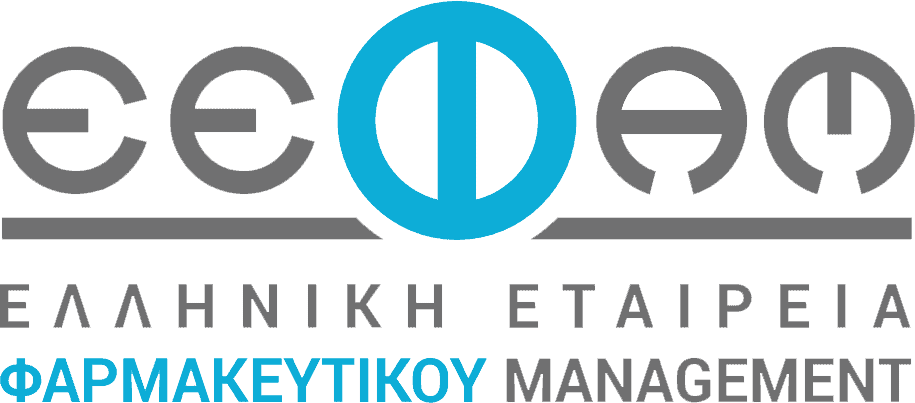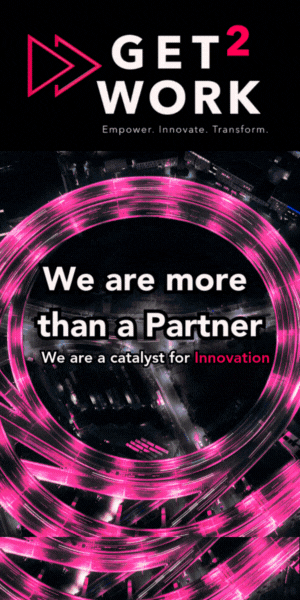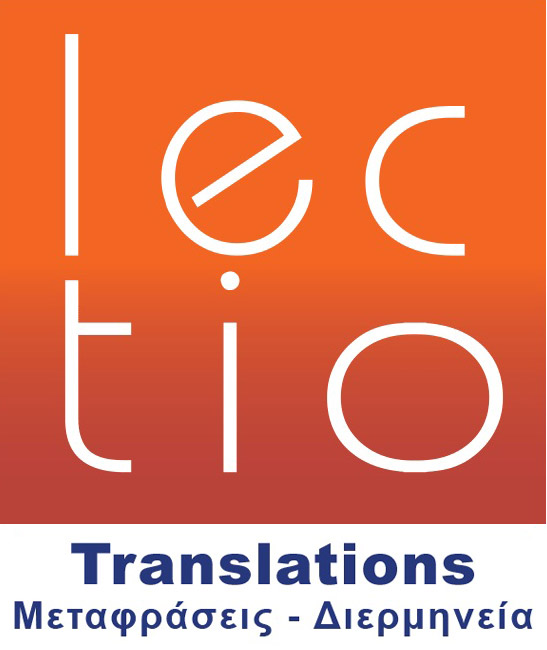Blog
Blog
Author Talks: How to speak confidently when you’re put on the spot

In this edition of Author Talks, McKinsey Global Publishing’s Eleni Kostopoulos chats with Matt Abrahams, lecturer at Stanford Graduate School of Business and host of the Think Fast, Talk Smart podcast, about his new book, Think Faster, Talk Smarter: How to Speak Successfully When You’re Put on the Spot (Simon & Schuster, September 2023). Engaging in speeches, pitches, annual reviews, and even personal interactions leave the average person feeling flustered and anxious. Abrahams takes a closer look at the pitfalls of spontaneous speaking and shares best practices for combating anxiety while perfecting the art of communication. An edited version of the conversation follows.
Why did you write this book?
I’ve been teaching and coaching communication skills for a long, long time. After my coaching sessions, many of my students and the people I coach have said, “This is great. I feel really good about preparing planned presentations where I have my slides and I practice. But I still struggle with the day-to-day, every-moment type of communication.”
If you think about it, most of our communication happens in a spontaneous way. We don’t have our deck and our practice materials. People ask us questions; they ask for our feedback. We have to sell our ideas in the moment. We make a mistake, and we have to recover.
That process made me think, “How do we shine better in that moment when we’re put on the spot?”
Did anything surprise you in the research, writing, or response?
I know many people have struggled with this. But when I tell people what the book is about, universally, people react, saying, “Oh, I need that.” People are able to recount for me very specific situations where they said, “I could have used it there. It really would have been helpful in this circumstance.”
I think the biggest surprise was just how ubiquitous the concern about effective communication is. While conducting research for the book, I learned so much. I have grown in my depth and appreciation of communication and spontaneous speaking. I have also realized the importance of structure and storytelling.
Why do people get so anxious when communicating spontaneously?
There’s an evolutionary component to it. One of the most helpful tips is normalizing the anxiety that you feel. You’re not alone.
We all know people who are really good at speaking in the moment and at communicating in general. Chances are, they’re nervous, they practice, and they’ve had a lot of experience. It’s very rare that a person is not anxious.
What’s an ‘AMP’ and how can it help?
I call it an AMP because anxiety can actually amp you up. It can be good for you as long as you can manage it. In an anxiety management plan, you identify three to five techniques that will help you manage your anxiety.
When managing anxiety, you need a two-pronged approach. You have to manage symptoms and sources. Symptoms are physiological—what goes on in our body and our mind. There are things we can do to address them, like taking a deep belly breath and gesturing more broadly and slowly to slow down our speaking rate.
We become nervous that the goal will not be achieved. If we can take our focus away from that potential negative future outcome, we can actually focus on the present and not worry about that goal.
There are also things we can do to manage the many sources of anxiety. One relates to the goal we’re trying to achieve. When we communicate, we want to communicate well. We put a lot of pressure on ourselves to achieve a specific goal. For example, my students want a good grade. The entrepreneurs I coach want funding. Your team might be concerned about the approval of your project.
Those are goals, and we become nervous that the goal will not be achieved. If we can take our focus away from that potential negative future outcome, we can actually focus on the present and not worry about that goal.
My anxiety management plan has three steps. The first thing I do is hold something cold in the palms of my hand before I speak. That cools me down. Secondly, I say tongue twisters to warm up my voice and also to get myself in the moment. Third, I remind myself, “I am in service of my audience. I am here to help them.” That really gets me other-focused rather than self-focused. That’s my anxiety management plan. I encourage everybody to find a plan that works for them.
Why is listening a crucial component of effective spontaneous communication?
Often, we are so busy that we don’t listen very well. We need to take the time to actually listen. That might entail moving physically to a space that’s quieter. That might mean turning off your phone or not looking at your Slack messages. We listen better when we have space. We also have to pace ourselves. Things come at us very quickly, so we need to slow down. We need to clarify, ask questions, and paraphrase. Those steps slow down the pace to ensure that we receive the information accurately.
Finally, we have to give ourselves a little bit of grace. Grace takes two different varieties. First of all, we can feel a lot of pressure to respond in the moment to what we’re listening to and hearing. We’re not always going to be perfect, and it’s okay not to be. We can apologize. We can take the second swing at it. We have to give ourselves grace that way. Two, the other form of grace is that we need to listen to our own intuition as well. So listening is not just about listening to others, although very important. You have to listen to your own emotional response. If someone says something that just doesn’t feel right, give credibility to that. Pace, space, and grace are important to listening so we know that we can respond appropriately in spontaneous speaking.
Tell us about the importance of the ‘f-word’ in spontaneous speaking.
A lot of us, especially those of us who do the work, can be clock builders. We want people to understand how we came to our conclusions or the suggestions and recommendations that we’re making. That information is important. But you don’t have to say it all at once. It’s really important to focus on what you say. How do we focus? First, think about your audience. What’s important and relevant to them? The more we understand our audience, the more relevant and concise we can be.
Think about the goal of the interaction. What do we want people to know, feel, and do as a result of what we’re saying? Again, that helps us prioritize and restrict what we’re saying. Focusing on what we say is critical, and structure helps. Structure gives us a framework where we can focus on what we’re communicating.
Why is ‘How are you?’ not the best way to start small talk?
Starting small talk with things like, “How are you?” can close off a conversation quickly. Your goal in initiating small talk is to get the other person talking. It is a two-way street. I like to envision small talk as a form of hacky sack. The goal of the game is to keep the hacky sack beanbag ball in the air. To do that, everybody has to play. Everybody has to try.
I like to envision small talk as a form of hacky sack. The goal of the game is to keep the hacky sack beanbag ball in the air. To do that, everybody has to play. Everybody has to try.
It’s not a tennis match. In tennis, the goal is to get the ball over the net and ground it in such a way that the other person doesn’t have an opportunity to throw it or hit it back over the net. By comparison, a question like, “How are you?” could lead to an “ace” in tennis. That means you scored, but the other person just says, “Fine,” and the conversation is complete. Then it can get awkward.
For that reason, I am a much bigger fan of open questions in small talk. “What brings you here to the event? What have you found interesting?” Choose something about the interaction, highlight that, and ask questions about it.
How can structure help you land a pitch?
I can frame any issue in the problem-solution-benefit structure and get a pretty good result. There’s a second structure for immediate, imminent, short-form persuasion. It’s the what-if-you-could structure.
Imagine you’re in an elevator and someone says, “Tell me about your product. Tell me about your service.” These four sentence starters could help when you don’t have a lot of time. If you finish each of these sentences, you have a really effective pitch. The first part, or the first step, is to think, “What if you could?”
Follow up “What if you could?” with “so that.” “So that” invokes the relevance and the reason it is important. “For example” allows you to tell a quick story to reinforce the meaning. The last piece is “And that’s not all.” This lets you paint a picture of what’s possible in the future.
Imagine you are suggesting a new tool that could be implemented to make procurement faster in your company. You could say, “What if you could acquire the things you need to do your job in half the time it takes today so that you could be more efficient and less reliant on paper?”
“For example, one of our clients has implemented this, and the client has reduced by 60 percent the time it takes to procure different items. And that’s not all. By aggregating the different types of items that we purchase, we can get bulk discounts.” So simply by using those sentence starters—“What if you could,” “so that,” “for example,” and “that’s not all,” you can put together a very structured, very useful pitch in a limited amount of time.
Performance season is around the corner. Do you have any tips for delivering not-so-great feedback?
We should give feedback throughout the calendar year. It should not be relegated to just one time. That can make it a little easier, because you’re just augmenting—adding to feedback that has already been given. Specifically, you should be giving positive feedback—that is, praise—as well.
This does several things. One, it makes giving constructive feedback a little easier for you as the feedback giver, but it also makes it easier for the recipient. That’s because the recipients see you as someone who cares. You’re taking time to note their strengths when they do something well, as well as when things need to be adjusted or fixed.
You’re essentially making deposits in the “bank account.” If I give you praise throughout the calendar year and then have to give you some pretty direct negative feedback, it’s not so painful when I make a withdrawal, because I’ve already put some of that praise into the bank.
Also, be very clear about your goals related to actual performance reviews. What are you trying to get across? Often, we give constructive feedback when we’re frustrated, have some emotion to express, or are just personally exhausted. We need to separate the people from the problem. What’s the issue versus the emotion? I’m not saying you shouldn’t experience emotion. Find a way to express that emotion that is separate from helping you identify the key issues you’re trying to address.
Once you have those figured out, identify what you want to tackle during the review. Is it the person’s focus or prioritization? Think through the specifics. Then think to yourself, “What might be leading to these behaviors?” Would giving feedback on somebody’s attention to detail be different if you knew that person was caring for an elderly relative, versus someone who just liked to party a lot?
You’re essentially making deposits in the ‘bank account.’ If I give you praise throughout the calendar year and then have to give you some pretty direct negative feedback, it’s not so painful when I make a withdrawal, because I’ve already put some of that praise into the bank.
Certainly, if you did that reflection, my hunch is that you would give very different feedback, even though the person absolutely needs to pay more attention to detail. Separate the people from the problem. Think about your goal in giving the feedback.
The final question to ask yourself is “What are things you should stop doing that might enable this behavior?” You could be contributing to the behavior you’re trying to adjust. When giving constructive feedback, I have an approach that leverages the “what, so what, now what” framework.
The “what” becomes your feedback. The “so what” is why your feedback is important. The “now what” is what you’d like to see people do differently. Let’s imagine that you have a colleague you’re giving feedback to during a review. The colleague is not showing up on time prepared for meetings. You might say something like, “You didn’t show up on time to the third meeting in a row. When you don’t show up, I feel that you’re not prioritizing this. We all miss out on the work that we need you to bring. For the next meeting, I would like you to show up five minutes early.”
That’s “what,” “so what,” and “now what.” I see constructive feedback as an opportunity to problem solve, so I’d like to reframe it as a problem-solving endeavor. My “now what” activity in “what,” “so what,” “now what” might be a question, rather than a declaration of what should be done.
I might give exactly the same feedback. “This is now the third meeting that you’ve been late to. When you’re late, I feel you’re not prioritizing this, and the others of us can’t get the work done, because we don’t have your information. What can we do to help you attend the next meeting on time?”
That’s me posing a question to engage the other person to solve a problem, rather than making a declaration. These are things we can do up front when we actually administer the feedback.
Any final words of advice for those of us who aren’t fans of public speaking?
When learning a sport or a musical instrument, the only way you improve is through practice. You have to do it. You can’t just read about communication; you have to practice it. You have to do it.
You can do it in concert with other people. If you’re practicing Q&A, you can use generative AI like ChatGPT and say, “Give me questions on X,” and then practice answering those. You can join Toastmasters. There are lots of ways to practice.
After repetition, reflect. “Is this getting better? What could I do to improve? What should I stop doing that’s getting in the way?” You know that definition of insanity: doing the same thing, but expecting a different result. We can fall into that trap. Reflection allows us to make changes.
Finally, get feedback. Ask your peers, colleagues, friends, family, coaches, and teachers. I host Think Fast, Talk Smart, a podcast for Stanford’s Graduate School of Business. I cover everything from conflict resolution, to being creative when conceiving communication ideas, to managing anxiety. There are lots of things we can do to get better at communication. It’s all about repetition, reflection, and feedback
Πηγή: mckinsey.com





